
Green Building Materials for Sustainable Construction
Given the level of carbon emissions construction generates, the industry knows it has to smarten up its environmental act. Part of the sector’s response will be to embrace more green construction materials, while some, like timber, have been a part of the industry for centuries.
The increasing use of green building materials – those deemed to be natural, such as timber, stone or straw, or recycled materials, such as plastic or glass – is part of the construction industry’s response to the need to be more sustainable in the wake of global climate change.
Yet despite the sector’s efforts, the industry, both in terms of construction and operation, currently accounts for 39% of worldwide energy-related CO2 emissions.
Not all architects design with green materials in mind, and not all contractors choose to use them. But the construction industry is increasingly embracing sustainability on a wide front because of legislative activity, client preference and cost-effectiveness.
This includes using green materials, and consequently, their use in construction projects is expected to grow.
Some market forecasts back up this assertion, with the value of the global green construction materials market expected to nearly double between 2021–2027, from $280.5 billion to $523.7 billion, a compound annual growth rate of more than 11%.
The advantages of using certain green construction materials in our climate-changing times include their sustainability and renewable qualities.
Trusty timber, beneficial bamboo
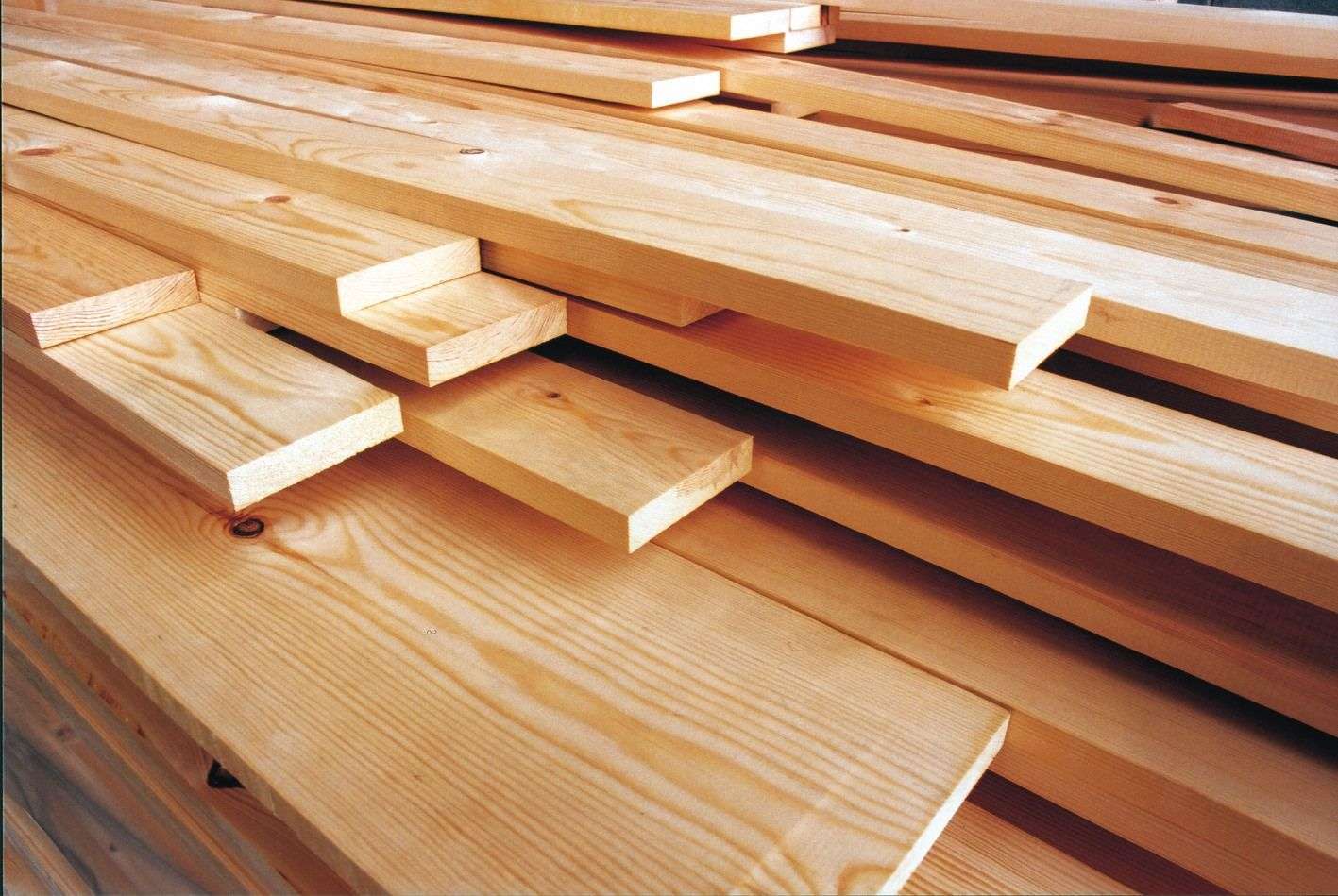
Timber is the most obvious example of such a material.
Timber’s success in homebuilding is clear. Around 70% of the world’s population lives in a timber-framed home. In the US, more than 90% of low-rise buildings use timber frame technology, while its popularity in the UK sees it feature in up to 90% of self-build homes, with a number of the big housing providers also delivering homes with such systems.
Certain types of trees are quick-growing and have the right physical properties and qualities to be used in construction. Some experts suggest that it would take 22 mature fir trees, each 80 feet tall, to build an average-sized house, but pine trees mature quickly enough to be a popular choice.
Other green construction materials include bamboo, stone, straw bales, cob – a mud-like mixture of soil, sand, straw and lime – cork and a range of recycled materials, which may include glass, post-consumer plastic, cans and old tires.
Bamboo is prevalent in Southeast Asia, where it was once known as “poor man’s timber.” But with sustainability pressures now growing in importance, and with deforestation leading to a shortage of suitable timber in some parts of the world, bamboo’s popularity in construction is returning.
A specific structural advantage of bamboo is that its compressive strength is twice that of concrete, while its tensile strength is close to steel.
Sturdy stone, sustainable straw
Stone is robust, highly sustainable, abundant – there are around 400 quarries in the UK – and low maintenance, although some argue the picture is mixed. Straw bales, meanwhile, offer good thermal insulation properties and a much lower environmental impact than many current mainstream construction materials, according to BRE. Straw bales are suitable as infill insulation for timber frame buildings, according to BRE.
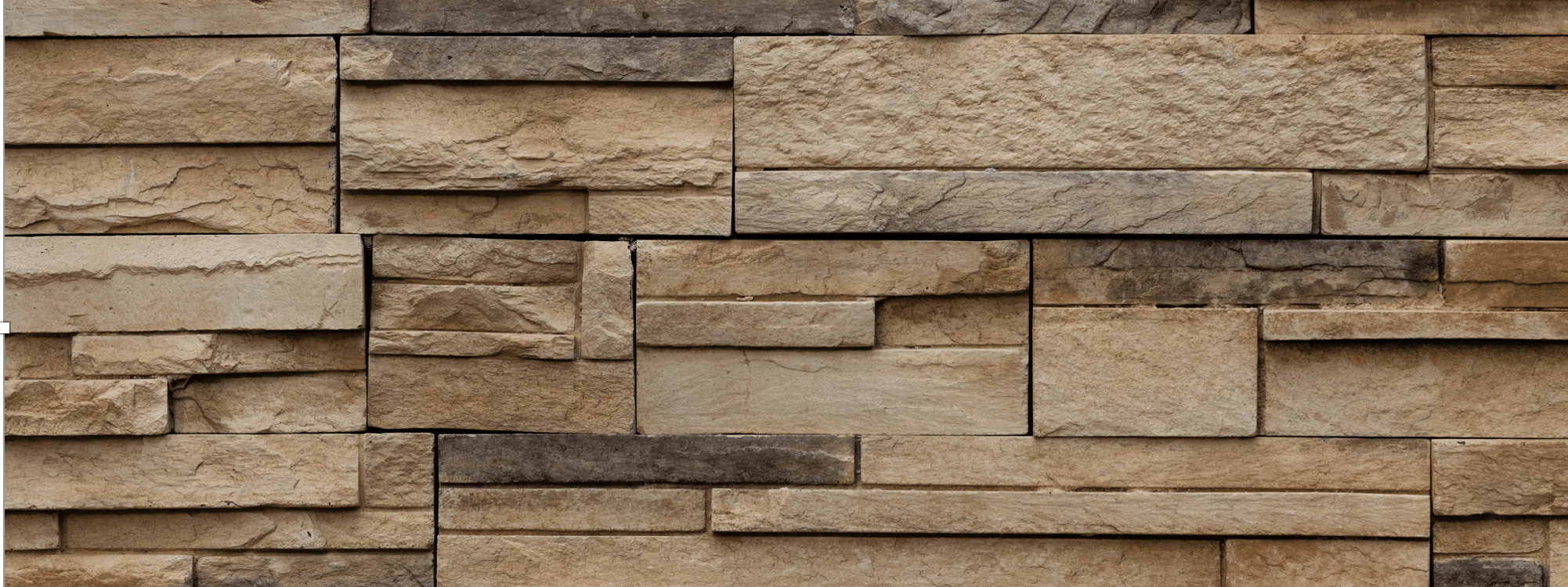
Pros and cons
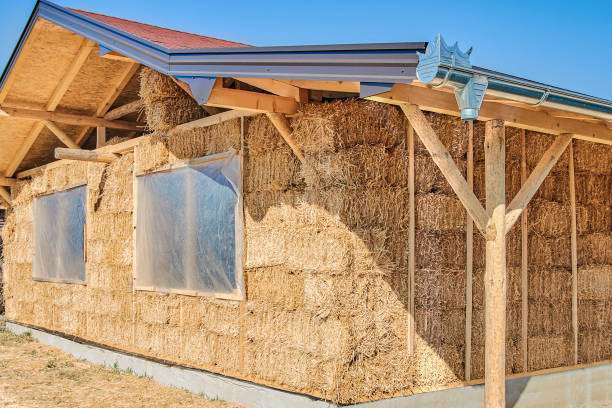
The wider advantages of building using green materials include reducing the long-term cost of the project. While the initial build cost may be higher than that of a scheme using non-green components, the difference in cost can be covered in between three and four years, according to some observers.
Green building materials are also better for the environment. Using renewable, sustainable resources puts less pressure on the world around us.
Still, there are some disadvantages. Availability of the right green materials for the job is an important consideration, and some components might be hard to come by. Or they might be available, but only with a long lead time, given supply or delivery issues. This can impact the completion or the start of a project. Getting people skilled at working with certain materials might also prove difficult, although not impossible.
Despite the disadvantages and potential for setbacks, innovative and creative thinking persists, as does ambition, and designers and developers can and do come up with exemplary buildings that do not, literally, cost the earth.
Examples of environmental endeavor
Take the Bullitt Center in Seattle, Washington. The team building the center, claimed to be the greenest building in the world, worked for two years to identify products that did not contain Red List chemicals, which include cadmium, asbestos, chlorofluorocarbons or halogenated flame retardants.
Then there is the Makoko Floating School in Lagos, Nigeria. Designed and built in 2013, the structure was a response to what the designers called the community’s “social and physical needs in view of the impact of climate change and a rapidly urbanizing African context.”
The school was constructed using reclaimed plastic barrels, locally sourced bamboo and wood procured from a local sawmill.
Finally, in Australia, there is the “Pixel Building.” Delivered using recycled sustainably sourced building materials and a special low-carbon concrete, the four-story office scheme achieved the “highest possible and highest ever awarded rating from the Green Building Council of Australia.”
As long as the world faces a climate emergency, and while the construction industry explores energy-efficient and sustainable methods to deliver the built environment we all need, there will be a place for green and renewable materials on building sites.
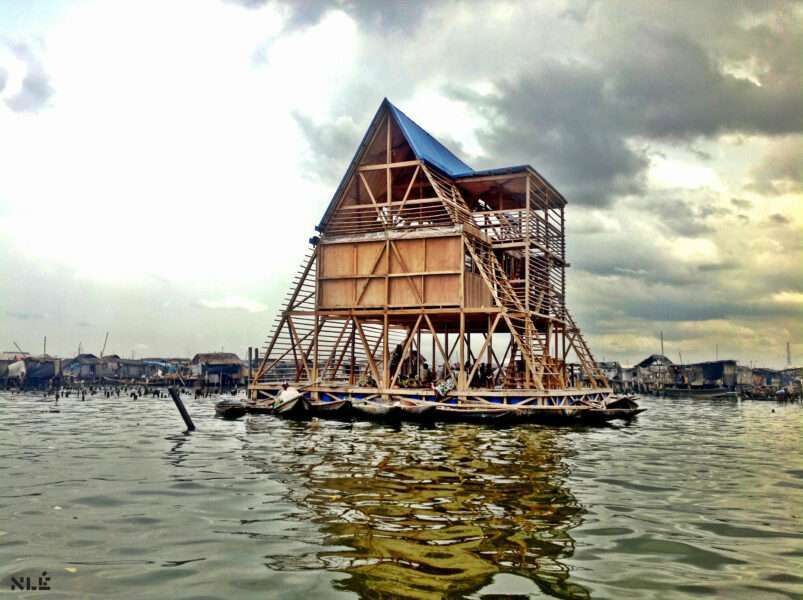
Share this post on:
Subscribe now
to receive newsletter with latest news weekly from Revu Experts Vietnam.
Related posts
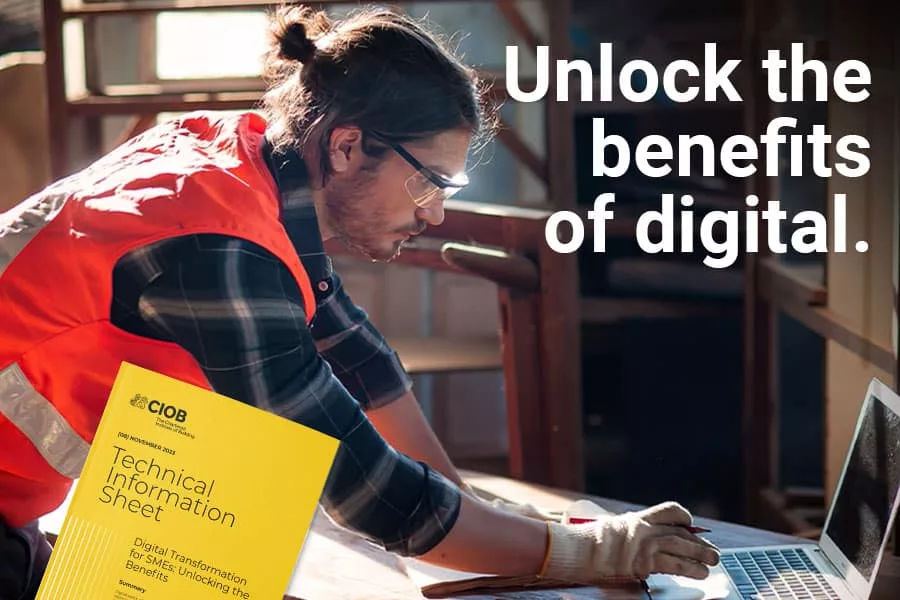
Musselman & Hall Boosts Efficiency with Bluebeam
Musselman & Hall has embraced Bluebeam software to streamline their project takeoff and management processes.

How Bluebeam Revu’s Tool Chests Empower Civil Construction Companies
Explore how Bluebeam Revu’s Tool Chests contribute to the transformation of civil construction practices at Devcon Civil. Learn about the reasons behind Devcon’s investment in Bluebeam Revu and how it has elevated their project delivery capabilities.
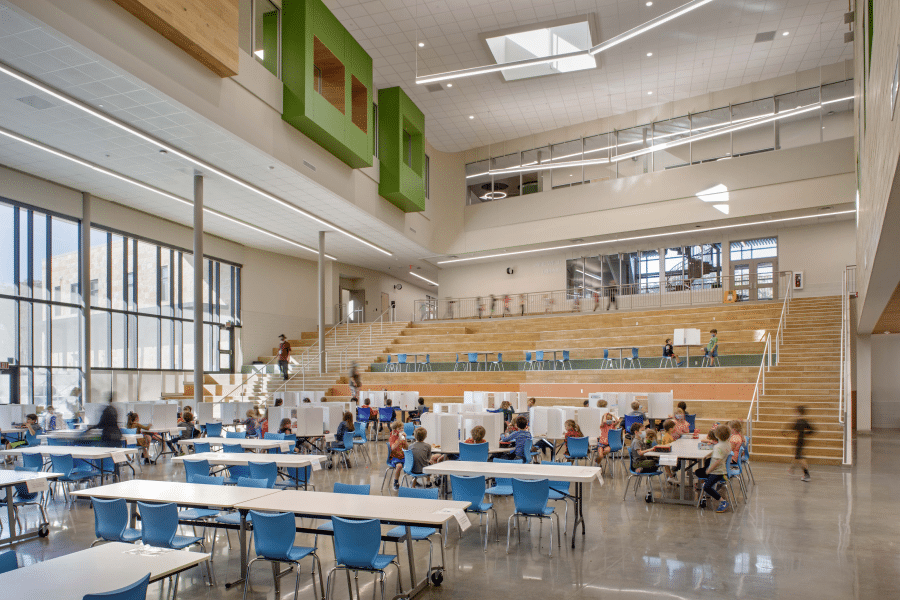
How AECOM Fast-Tracked Project Efficiency with Bluebeam
How AECOM Fast-Tracked Project Efficiency with Bluebeam AECOM turned to Bluebeam to streamline communication and efficiency on multiple aspects of the building and modernization of

Bluebeam and Graphisoft Integration: Linking Design and Collaboration for Architects
As an architect, the essential thing to consider when buying new software is how it will integrate with your existing systems and processes.

